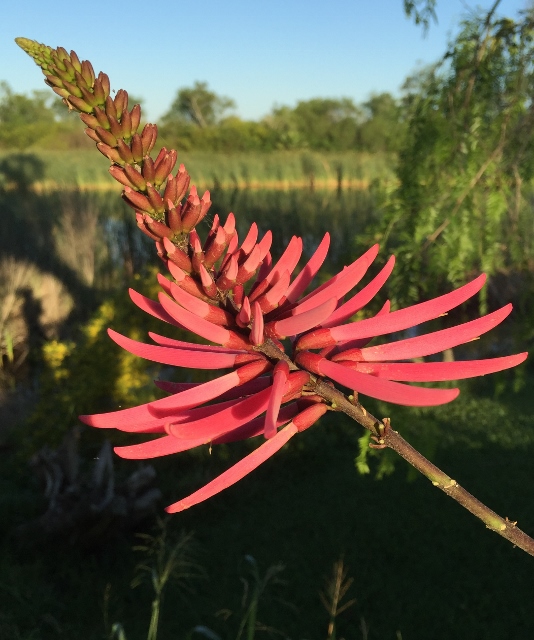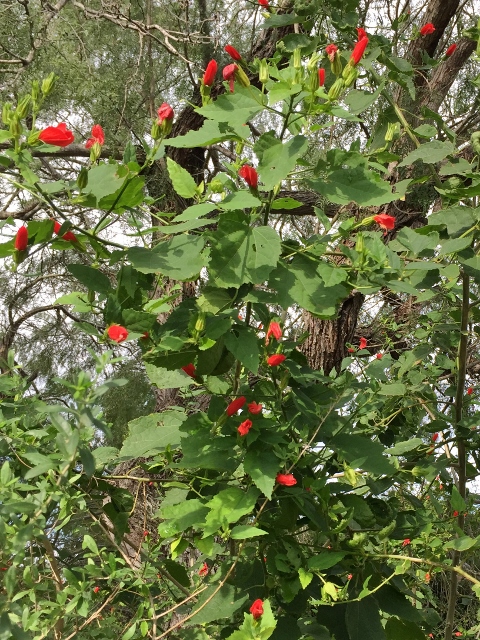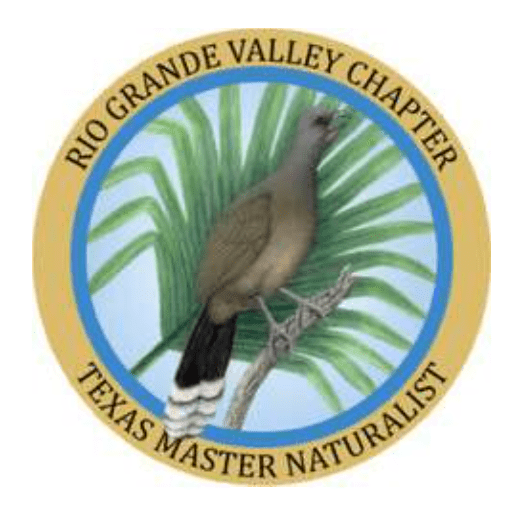

Bring on the Hummingbirds
By Anita Westervelt, Texas Master Naturalist
If you want to see hummingbirds, there’s a tree for that. Several native trees and shrubs, as a matter of fact.
The Buff-bellied Hummingbird is our only year-round resident hummer. One of the larger hummingbird species, it is identified by its red bill and green throat. Ruby-throated and black-chinned hummingbirds travel through during spring and fall migration.
As with other wildlife, our buff-bellied population is declining because of natural habitat loss, particularly dense shrubs. You can help by planting a native tree or two to attract the little hummers without the added daily work of preparing food for them.
Cooler temperatures November through February are ideal for planting trees in the Valley. They have a better survival rate when allowed to establish without the heat and drought stress of summer.
Hummingbirds perch nearly 80 percent of the time. Although their diet consists mainly of nectar, 10 percent is protein from insects and spiders.
A good hummingbird draw will offer nectar, native bugs, branches for perching and dense foliage for protection and nests.
Let the flower shape guide you when selecting hummingbird-attracting species. They are especially attracted to tubular- and trumpet-shaped flowers. If you have the space, consider planting a variety of the following native trees and shrubs that will provide nectar throughout the year.
Wild olive, Cordia boissieri, produces small clusters of large, funnel-shaped white blossoms with yellow centers. It blooms all year in the Valley. Leave it to grow bush-like, or prune lower branches for a more tree-like shape. Either way, hummingbirds will find it.
Mexican caesalpinia, Caesalpinia mexicana, forms large clusters of deep yellow blooms most of the year. It can be left bushy or shaped as a small tree.
The unusual coral bean, Erythrina herbacea, is a small, slow-growing tree. Deep pink tubular blooms burst out at the tips of branches in spring. Glossy green, uniquely-shaped leaves soon follow the blooms. Vibrant red seeds the size of pinto beans peak through eight-inch, dark, elongated pods after the flowers are spent. This tree has pesky thorns on the trunk and branches and loses its leaves in the winter. All plant parts are poisonous to humans. Warnings aside, it is a popular ornamental in the Valley and a quick way to attract hummingbirds to your garden.
Turk’s cap, Malvaviscus drummondii, loves a bit of shade and can grow into a large shrub. Hummingbirds love the bright red blooms which are prolific into the winter.
Yellow sophora, Sophora tomentosa, would be my pick were I to choose only one plant. It’s a beautiful delicate-looking shrub that can reach to six feet in height. Graceful, long arches of yellow flowers bloom spring through fall, attracting hummingbirds, butterflies and other pollinators. After blooming, seed pods dangle like strings of chocolate pearls.
Check out www.rgvctmn.org for a list of Valley native plant growers.
